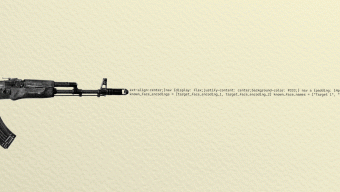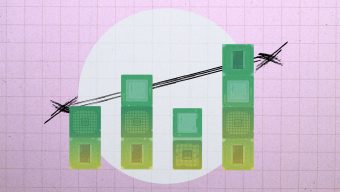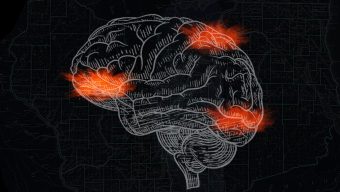The concept of lean manufacturing started in the Japanese auto manufacturer Toyota with its well-known TPS (Toyota Production System), and is defined as creating maximum value for the customer with minimum waste (in terms of wasted time, unnecessary transportation, overproduction, defects, inventories, etc.).
If we extrapolate this concept to cities, we can talk about a powerful philosophy that helps build smart cities, one which we could call “lean cities”. These are the ones that generate the maximum value for citizens and visitors with the minimum waste, thus improving quality of life and contributing to sustainable growth.
The first step of the lean philosophy is to identify forms of waste. In the case of a macro-city, waste can be divided into different categories, as can be seen in the diagram shown at chart 1.
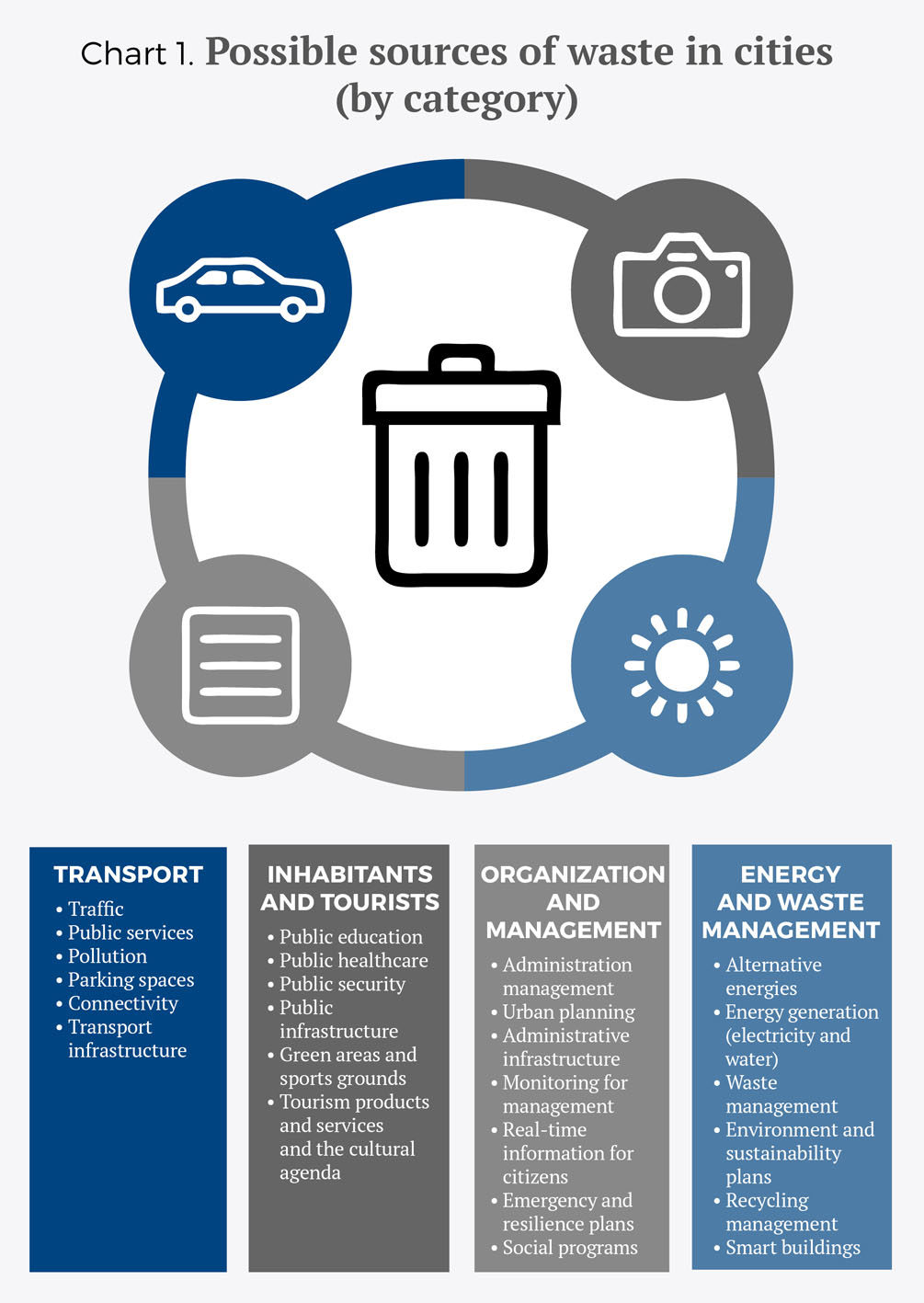
Once the different kinds of waste have been identified, it is important to establish the best lean tools for reducing that waste. Some of these tools include:
- Total Quality Management (TQM). This aims to create awareness of quality in every organizational process (or, in the case of smart cities, in city-related processes). The term kaizen, related to continuous improvement both at personal and group levels, plays an important role within TQM.
- Jidoka (“Automation with a human touch”). Jidoka allows the system to have its own quality control process. If an anomaly is detected during the process, this is stopped, either manually or automatically, preventing the defects from extending throughout the process. There are defect-detection alarms or mechanisms called Poka Yokes. The use of technology is required in order to monitor the parameters involved in the city’s quality of life and to establish some user-friendly platforms for citizens to point out errors or anomalies.
- Standardization and simplification. This contributes towards the continuity and sustenance of flexible and agile processes in the services offered by the city to both its inhabitants and visitors. It needs to be constantly checked and updated in order to incorporate the latest developments and solutions to new defects that may arise.
- Queue management. Technology plays an important role when it comes to “avoiding” lines or managing them properly when they cannot be prevented. There are a number of principles that may contribute to minimizing the negative impact of queues. Thus, smart cities have a technology that simplifies and speeds administrative processes and allows citizens to process their own paperwork on the Internet or via smart devices.
- Employee commitment. Employees’ commitment is essential in lean philosophy and this concept can be extrapolated to smart cities, in which every stakeholder in the management of the city must be committed to this idea. Citizen participation is undoubtedly another key factor. Therefore, there should be an appropriate communication plan that builds up and encourages this atmosphere of cooperation and commitment.
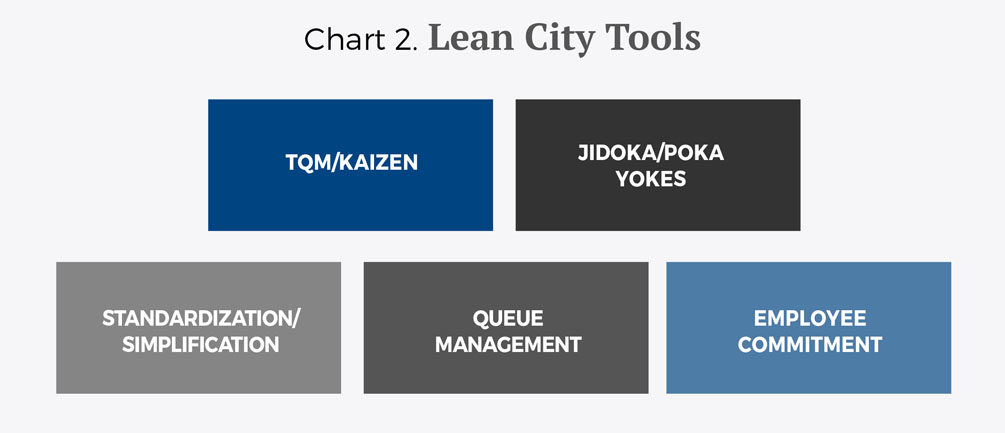
Apart from the lean tools mentioned so far, we should also take into account other considerations regarding lean cities that are largely relevant within the framework of a macro-city and are trending topics in business schools: Customer Experience Management, Resilience and Agile Management.
As can be seen in this article, lean tools, which come from operations management, play an important role in terms of contributing to the development of cities and improving the lives of both inhabitants and visitors. In a world with ever more macro-cities and where the world’s population is concentrating in these cities more and more, creating lean cities will surely be vital.
© IE Ideas.






